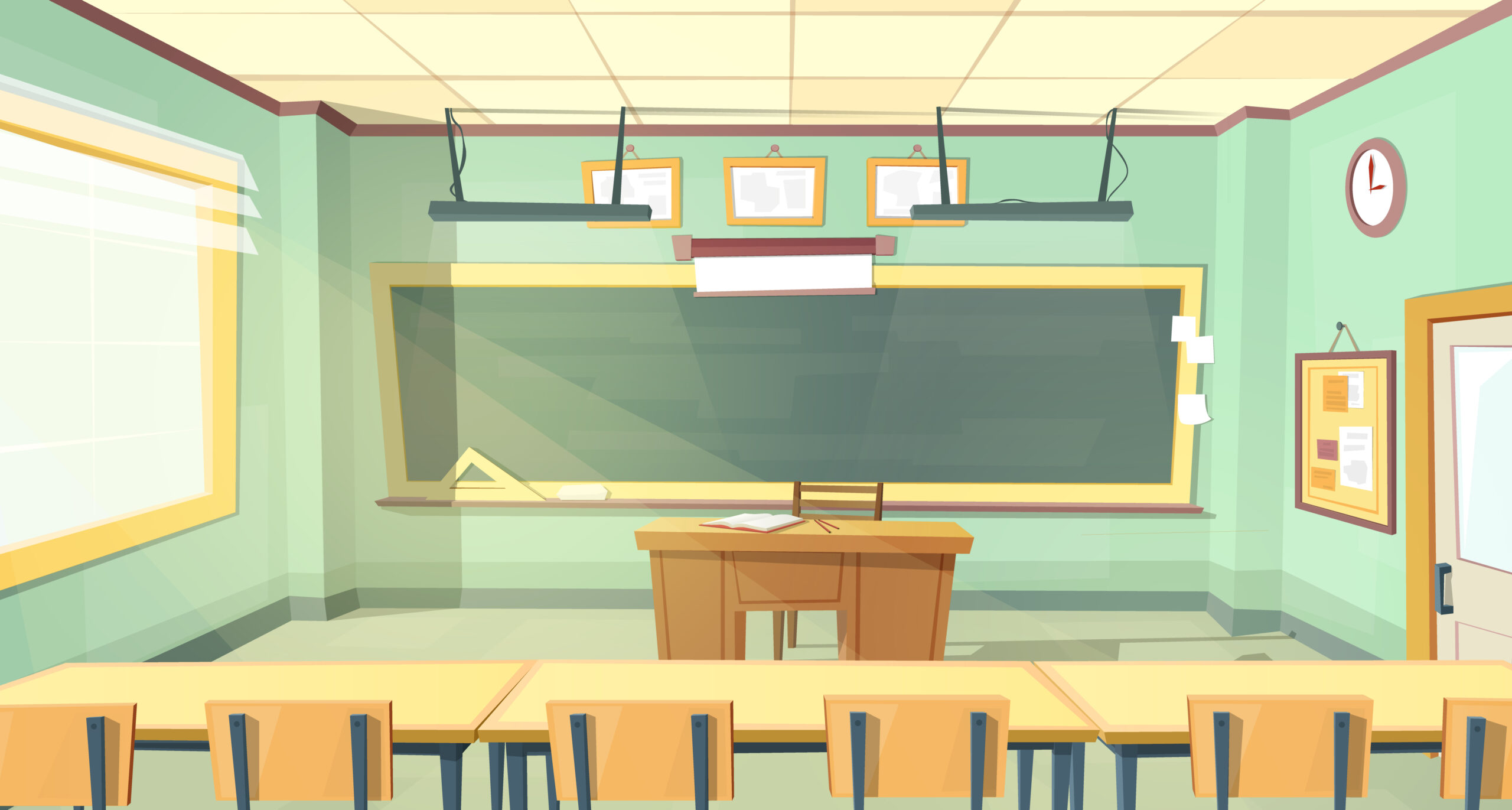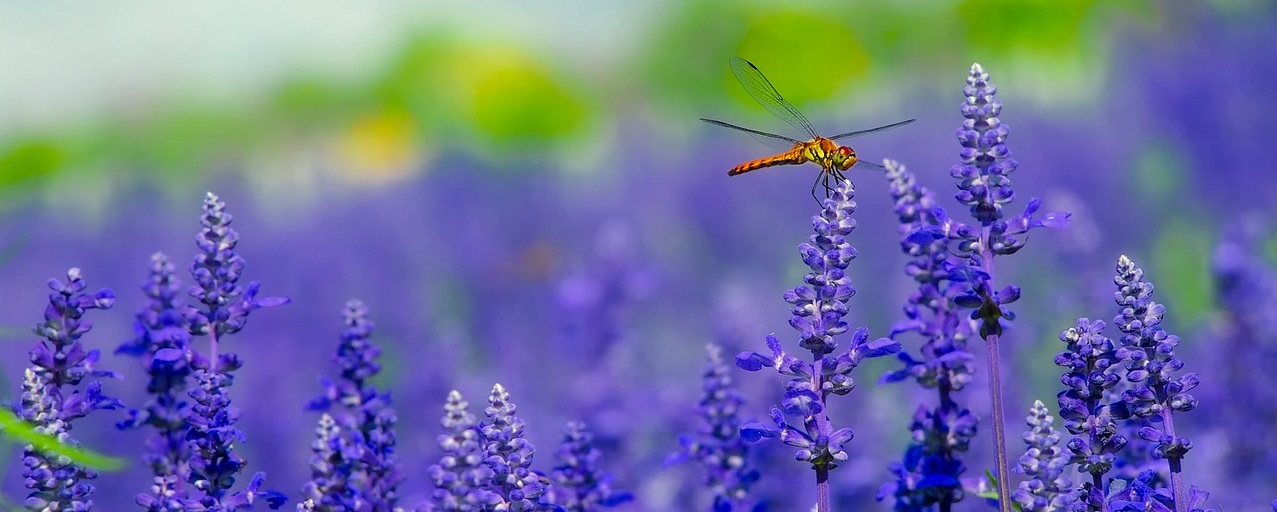This essay is adapted from Sally Ventura’s keynote speech at the 2018 New York State English Council Conference.
One day, a student in one of my English 11 classes arrived just a minute or two after the bell. I was standing at my podium, reviewing the day’s plans in the way that I typically begin classes, and expected her to give me a pass to excuse her tardiness before she took her seat. When she crossed in front of the podium without offering me a pass, I paused to ask her why she was late.
“I just got out of gym.”
“You mean Phys Ed,” I responded.
“What?” she retorted.
My student had assumed that I would react to the fact that she didn’t have a pass to account for her whereabouts, but instead I corrected her for the misnomer.
As I extended my hand to welcome my student to her seat, I explained that a “gymnasium” is a place, whereas “Physical Education” is a class; that physical education classes are organized around a carefully designed curriculum and often are conducted in places other than a gymnasium.
My student settled in at her desk, looking relieved that I once again seemed to be distracted by the simple use of a word.
As an English teacher, I have always been easily distracted by language issues and had become particularly sensitive to this kind of name-calling, by which I mean how we label people or things, in my classroom.
I had recently attended a conference during which keynote speaker, Kylene Beers, reminded us that name-calling, for good or for ill, is significant in the development of a child’s identity. Therefore, she urged, when students are reading, we must be sure to address them as “readers,” and when they are writing, we must make a point of calling them “writers.” If we call our students readers, we help them to develop their identity as readers; if we call them writers, we are helping them see themselves as writers.
I implemented this practice in my classroom, saying to one of my students, for instance, “As a writer, one of your strengths is your ability to provide a lot of supporting evidence.” To another student I coaxed, “You, like many other writers, sometimes find it difficult to know where to begin in a narrative essay.” I said things like, “I know that as a reader, you get distracted by words you don’t know,” or, addressing my entire class, I announced, “As readers, I’ve noticed that you prefer fiction with dynamic characters, so I think you’ll find the protagonist in the next story we’re going to read very interesting.”
Ever since I adopted this kind of name-calling in my classroom, I discovered an unanticipated consequence: I get really riled up whenever I hear a naysayer claim, “Kids can’t read these days,” or “How did these kids get to this grade level without knowing how to write?” My students can read; they are readers. My students can write; they are writers. Starting here makes my job simply and joyfully all about celebrating their progress.
However, I also began to think about the implications of name-calling with regard to my role. I’m not called a “reading teacher” or a “writing teacher.” My students refer to me as their “English teacher,” and I identify myself as an English teacher. However, the culminating New York State Regents exam is the “English Language Arts test,” and the curriculum I teach was developed from the “Next Generation English Language Arts Learning Standards.” Just as I encouraged students to refer to their Physical Education classes as “Phys Ed,” rather than “gym,” should I be encouraging my students and colleagues to refer to my courses as “English Language Arts” classes rather than simply English classes? Should I promote my title as an “English language artist” rather than as an English teacher? And if I am teaching English Language Arts, does it mean that I am helping my students become English language artists? That I myself am an English language artist?
The job title, English language artist, was appealing, and I had begun to consider its appropriateness while my husband and I visited our daughter, Annmarie, a graduate student at the time in a program for museum sciences.
On this particular visit, Annmarie brought us to The Museum of Modern Art because she really wanted to see a performance artist who was being featured there. We arrived early and I was glad that we did because soon a crowd was gathering behind us as we stood next to the railing of a balcony, overlooking a small room that reminded me of a racquetball court.
We watched as a woman entered from a corner and began to paint a black line on the floor. She created a circular shape around the perimeter of the room, and before long, it was obvious that she was producing a spiral design. She sometimes walked and sometimes danced as she swept her paintbrush along the floor. She delicately dipped her brush into the paint can she carried, as if she were adding cut flowers to a vase. She sometimes paused to look back at her work, and then resumed her graceful path toward the center. This went on for about fifteen minutes, and I was fascinated. I was impressed by how nearly perfectly the spiral was drawn. Her movements were so beautiful and her progress was so suspenseful. I watched attentively to find out what was going to happen when she got to the middle of the room, to the center of the spiral. I couldn’t wait. The people behind us were straining to see. Was she going to mark that spot with a big dot? Maybe do a pirouette? Take a bow? Was she going to do something clever? Or outrageous? Or spectacular?
Yet when she arrived at that point, the center of the spiral, nothing happened. She picked up her paintbrush and left. That was it. My family and I lingered for a little while with the rest of the crowd, who were probably waiting, like I was, for some sort of finale. When I finally conceded that the show was over, I turned to my daughter, Annmarie, and, with a bit of irritation I said, “What? What was that?”
My daughter replied, “Mom, sometimes that’s the point. Your asking the question, ‘What—what was that?’ The question ‘What?’ is the point.”
It’s a question we hear our students ask all the time:
“What?”
“What do you mean?”
“What does this mean?”
“What do I care?”
“Say what?”
This reminded me of the questions author Kelly Gallagher, in his book Deeper Reading: Comprehending Challenging Texts, proposes should be at the heart of the consideration of any text in an ELA class: “What does it say? What does it mean? What does it matter?”
So that’s when I realized that I am a performing artist. Specifically, an “English language performing artist.” Five shows a day. Five days a week. One hundred eighty days a year.
I use all the tools at my disposal to try to craft a classroom that is beautiful and meaningful. And not only am I an artist, but my students are artists, too! They are developing their voices, creating their identities, and they rely on various literacies to do this. They are in the process of fashioning beautiful, meaningful lives.
So much of our role as English language artists is to help students create themselves. And to support them, we teachers have to be very creative people. We have to teach our students about dangling prepositions, and at the same time we must inspire them to think about why texts, such as The Great Gatsby, matter today. We want them to understand the difference between the terms “lie” and “lay,” while also taking to heart the statement Janie makes in Their Eyes Were Watching God: [there are] “Two things everybody’s got tuh do fuh theyselves. They got tuh go tuh God, and they got tuh find out about livin’ fuh theyselves.”
I’ll ask my students, how might Hurston be using the word “God” in a universal rather than religious sense in this text? And I’ll be pleased if they say, “What? What did you just ask?”
We want to help them to develop a habit of asking “What?,” especially in the sense of the concluding lines of the poem “Famous,” by Naomi Shihab Nye:
I want to be famous in the way a pulley is famous,
or a buttonhole, not because it did anything spectacular,
but because it never forgot what it could do.
We want all of our students to push the question “What?” as far as they can because that’s when they make discoveries, and the first and most important discoveries they must make are about who they are. The first, most important step in terms of encouraging students to become scientists, technicians, engineers, and mathematicians is helping them to ask and answer the questions:
What do I care about?
What matters to me?
What is my relationship with the rest of the world?
What makes me happy?
What will make my life meaningful?
What can I do?
What am I about?
Just as learning to call my students “readers” and “writers” had an unexpected consequence, so too, have I been surprised by the positive effects of thinking of myself as an English language artist. As an artist, I have agency and autonomy that a mere English teacher does not experience. The combination of skill, expertise, and intuition I possess can produce magical moments in my classroom. I am a designer, a creator, an architect, and every class I teach has the same rich potential as a metaphor.
As an English language artist, my job is to create spaces in which students can create themselves. The writing I assign, therefore, is often to encourage self-reflection.
Often my students are working on different essays at different draft stages.
The desks in my classroom are arranged in small clusters, spiraling their way around the room, and as students are writing, I walk around the perimeter, checking in on everyone’s progress, answering questions, prompting, guiding. I make my way toward the middle of the room, hoping that I will be able to give each of my students some one-on-one attention during the forty-five minutes allotted to a class period.
Sometimes—the best times—I catch them in the act of creating themselves.
Then the bell rings and I drop my paintbrush.
Sally Ventura currently teaches at Olean High School in western New York. She is also an adjunct instructor in the Education Department at Saint Bonaventure University. She is an associate editor for the English Record and a member of the New York State English Council, having served as its president in 2018.



